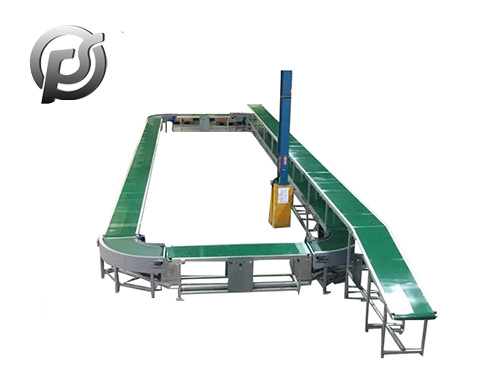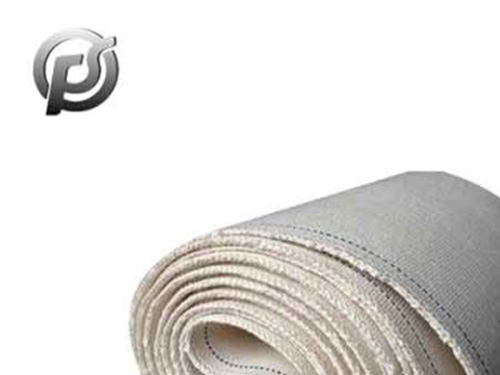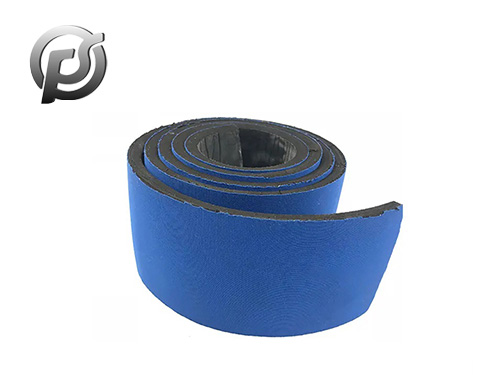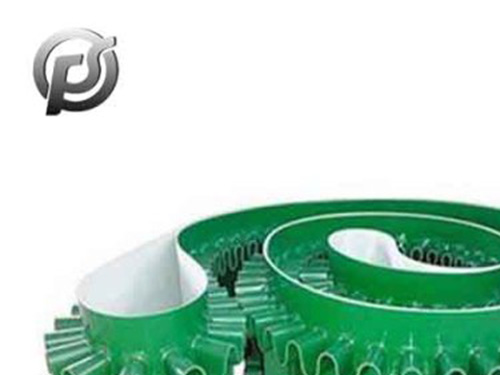Cement conveyor belt is an important equipment commonly used in industrial production, but during operation, dynamic tension waves may cause serious damage to it and related equipment. This article will explore ways to address this hazard to ensure a smooth and safe cement delivery process.
1. Increase protective facilities
Install shock absorbers: install shock absorbers on the brackets and key parts of the cement conveyor belt, which can effectively absorb and disperse the energy of dynamic tension waves and reduce the impact on equipment.
Install buffer devices: Add buffer devices at the beginning and end of the cement conveyor belt system to slow down the impact of dynamic tension waves transmitted to the cement conveyor belt and protect the cement conveyor belt and related equipment.
2. Optimize the cement conveyor belt design
Reinforced cement conveyor belt structure: Use stronger and impact-resistant materials to strengthen the structural design of the cement conveyor belt to increase its ability to resist dynamic tension wave shocks.
Increase the support point: increase the support point of the cement conveyor belt, reduce the propagation speed of the tension wave on the cement conveyor belt, and reduce the impact on the equipment.
3. Improve process operation
Control material flow: Reasonably control the conveying flow of cement to avoid the generation and propagation of dynamic tension waves caused by excessive material accumulation.
Smooth start and stop operation: When starting and stopping the cement conveyor belt, take a slow and steady operation to avoid sudden large tension waves.
4. Regular inspection and maintenance
Regular inspection: Regularly inspect the cement conveyor belt and related equipment, and repair potential problems in time to ensure that the equipment is in good condition.
Maintenance: Lubricate and maintain the cement conveyor belt to ensure its normal operation and reduce friction, and reduce the damage of dynamic tension waves to equipment.
Conclusion: The damage of dynamic tension wave to cement conveyor belt and equipment can be effectively solved by adding protective facilities, optimizing conveyor belt design, improving process operation, and regular inspection and maintenance. These methods can reduce the risk of equipment damage, improve the safety and stability of the production process, and ensure the smooth progress of the cement transportation process. At the same time, it is recommended to adjust and improve according to specific conditions in practical applications to obtain the best results.
 Stone Belt Conveyor: Efficient Material Handling Solution for Mining and Construction
Stone Belt Conveyor: Efficient Material Handling Solution for Mining and Construction
 Exploring the Dynamics of Conveyor Belt Manufacturing in China
Exploring the Dynamics of Conveyor Belt Manufacturing in China
 PE Conveyor Belts: Characteristics, Applications, and Advantages
PE Conveyor Belts: Characteristics, Applications, and Advantages
 Stone Conveyor Belt: Enhancing Efficiency and Productivity in Material Handling
Stone Conveyor Belt: Enhancing Efficiency and Productivity in Material Handling